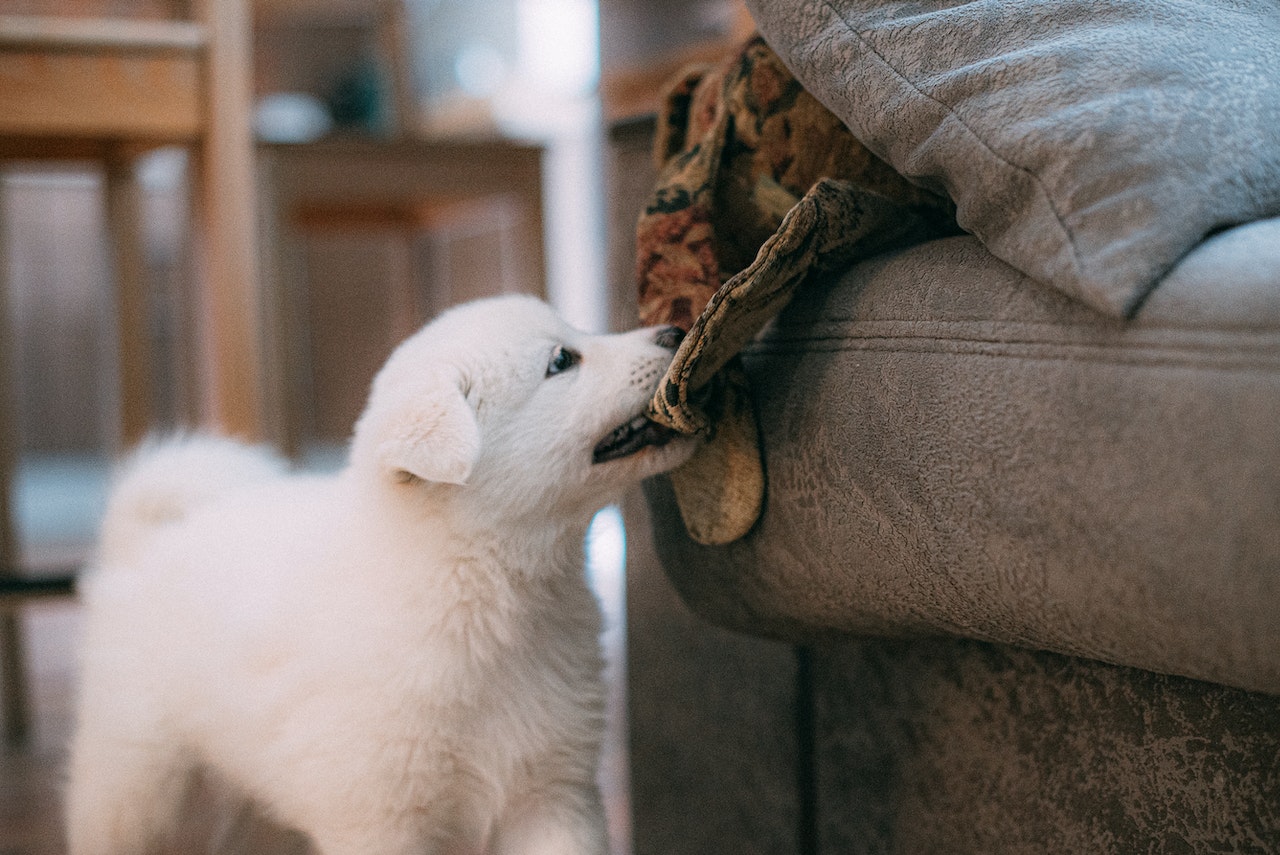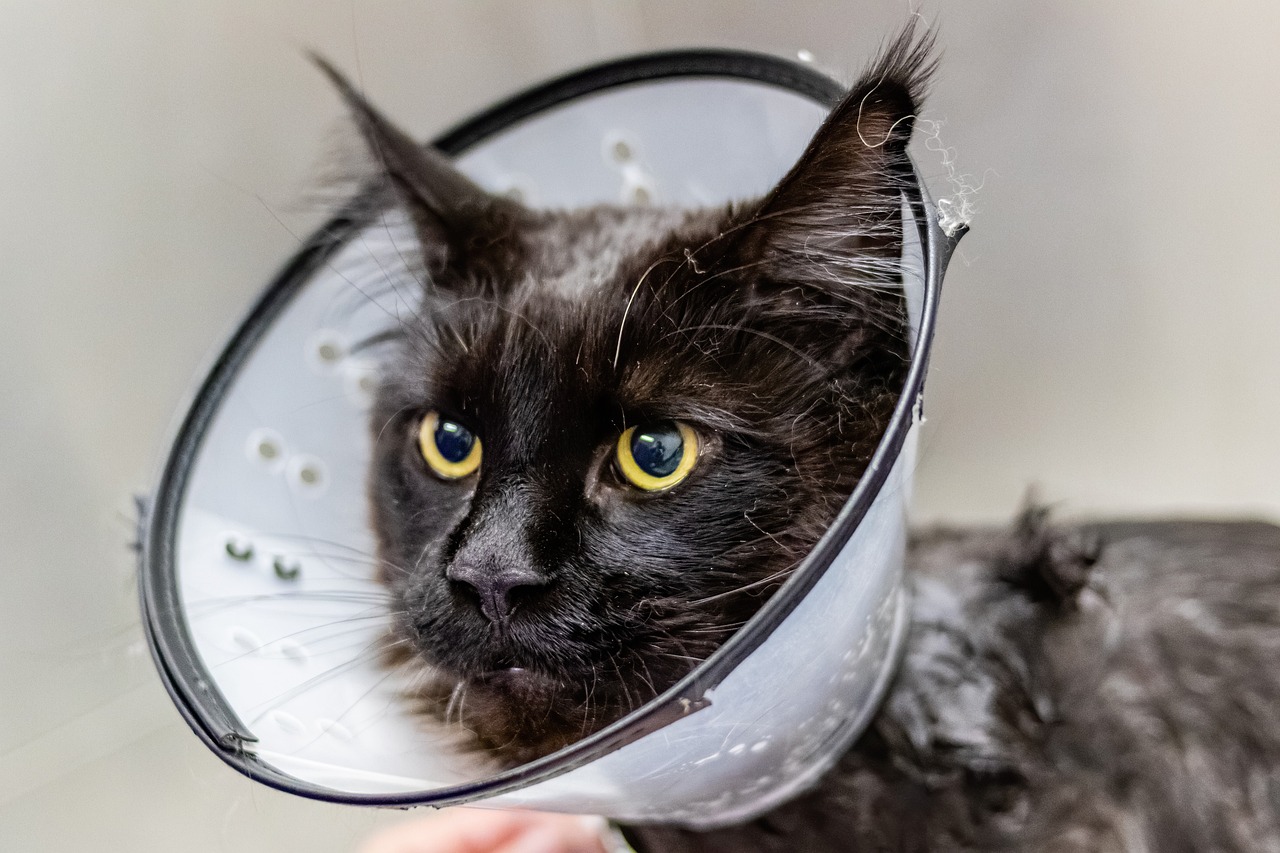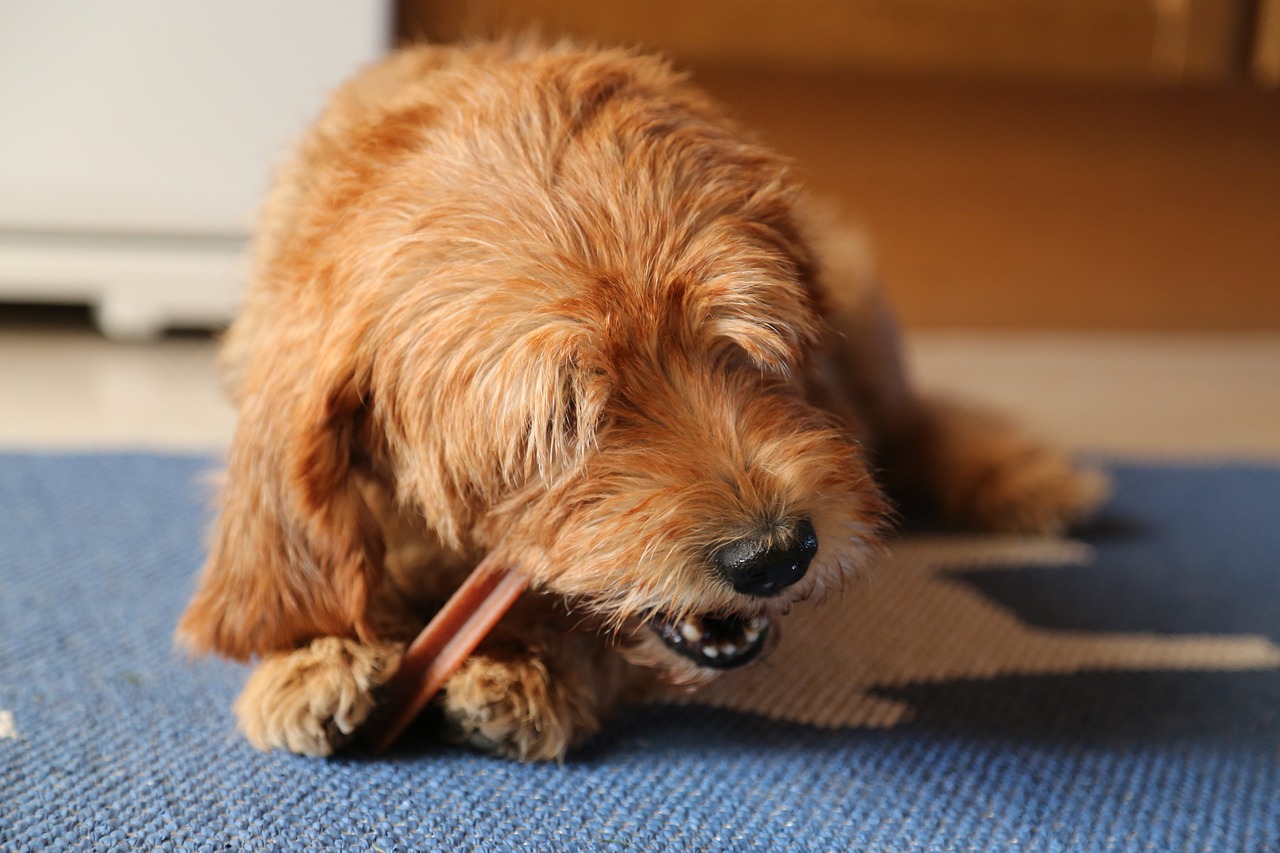Ah, the joys of dog ownership. You’ve got the loyal companion, the wagging tail, the late-night barks… and the chewed-up $2,000 leather sofa. Who knew a four-legged creature could have such a refined taste in furniture? If you’ve ever considered serving up your beloved coffee table as a chew toy, don’t worry! Here’s a half-serious guide to ensuring that your furniture remains in one piece and your dog sticks to things that are actually edible.
1. The Teething Saga: Understand the Chewvolution
First things first, it’s important to understand why our furry friends are intent on turning our living rooms into a woodchipper’s dream. Puppies chew because they’re teething. Adult dogs chew to keep their jaws strong, alleviate boredom, or simply because they think your vintage armchair tastes like chicken. So, before you consider swapping out your furball for a cat (who will just knock things off shelves instead), know that it’s a phase. And like all phases, it can be managed.
2. Toys! Toys! And More Toys!
You remember when you were a kid and were told not to play with your food? Well, dogs didn’t get that memo. Enter: Chew toys. The logic is simple. Give them something they can chew, and hopefully, they’ll forget about your priceless artifacts. There’s a smorgasbord of chew toys available in the market, from the classic bones to squeaky unicorns. Here’s a pro tip: Rotate the toys every few days to keep things fresh. You wouldn’t want to eat the same meal every day, would you? (Actually, don’t answer that.)
3. Spray and Pray
There are numerous anti-chew sprays available that taste like the equivalent of doggy deterrence. These sprays are basically the furniture’s cologne, shouting “I’m not delicious!” So, if your dog seems hell-bent on munching down your new ottoman, a little spritz of this, and they’ll think twice.
4. When in Doubt, Train it Out
Dog training is not just about teaching them tricks for your amusement (although a backflipping dog does sound epic). Training helps in establishing boundaries. If you catch your dog in the act, a firm “No” or “Leave it” can work wonders. Over time, they’ll understand that the furniture is not part of their chew toy collection. It might also be beneficial to reward them when they chew on the right things, like their toys. Positive reinforcement for the win!
5. Energy: Use It or Lose It
A bored dog is a destructive dog. They’ve got energy to burn, and if you don’t give them an outlet, they’ll find one – like your brand-new carpet. Regular walks, play sessions, or even a simple game of fetch in the yard can keep them occupied. Think of it as sending your dog to the gym; only instead of lifting weights, they’re chasing after a ball, ensuring that they’re too tuckered out to consider your couch as a snack.
6. The Great Indoors: Set Up a Doggy Space
Ever thought of creating a canine corner? A place where your dog can call their own? No, not a mini mansion with a chandelier (unless you’re into that sort of thing). A simple dog bed, some toys, and their favorite blanket will do. Just like humans have their sanctuaries (like that corner of the couch nobody else is allowed to sit in), dogs appreciate having their own space. And if they have their own “furniture”, maybe, just maybe, they’ll leave yours alone.
7. Have You Considered a Playdate?
If your dog’s social calendar is more happening than yours (and let’s face it, whose isn’t?), then playdates are a fabulous idea. A romp with some doggy pals can leave your furry friend exhausted and, more importantly, completely uninterested in gnawing on your dining table legs. Plus, watching dogs have the zoomies is the best entertainment. Netflix who?
8. “Distract-a-Dog” with Treat Dispensing Toys
In the world of “Why didn’t I think of that?”, treat-dispensing toys are the unsung heroes. Fill them up with some doggo delicacies and watch as your pet spends hours trying to get them out. They’ll be so focused on getting the treat that they’ll forget all about the tasty oak wood finish of your bookshelf. Genius, right?
9. Protective Gear (Or, Embracing the Ugly)
Alright, it might not be the most glamorous solution, but furniture protectors and covers are like the unsightly guards in the medieval times – not pretty, but they get the job done. You can always remove them when you have guests over or when you’re sure that Fido’s furniture feasting days are over.
10. Acceptance: Embrace the Bite Marks
Last, but certainly not least, sometimes it’s about adjusting our own attitudes. Those bite marks on the corner of the coffee table? They’re not destruction; they’re memories. A rite of passage. They tell tales of a young pup growing up, exploring, and yes, making mistakes. In a few years, you’ll look back at them and smile, maybe even brag about how your dog once tried to consume an entire sofa. Embrace the imperfections; they add character.
So, dog ownership comes with its set of challenges (and chewed up furniture pieces), but with a little patience, humor, and some of the above half-serious suggestions, you can navigate through this chewy phase. Remember, a chewed-up table leg is a small price to pay for the boundless love, loyalty, and laughs that your dog brings into your life. And when all else fails, you can always take a leaf out of their book and lie down for a nap; everything seems better after a good snooze!
Pro Tips for Paws-itive Furniture Vibes
Tip 1: Rotate Distractions
Just like we tire of binge-watching the same TV show, dogs can get bored with their toys. Keep a stash and rotate them every few days. The ‘newness’ can keep them engaged longer.
Tip 2: Observe and Learn
Every dog has a preference. Some might love rawhide chews while others are fans of rubber toys. Observe what your dog gravitates towards the most and stock up on those.
Tip 3: Puppy-Proof Your Home
Just as parents baby-proof their home, make sure to puppy-proof yours. This doesn’t just stop at furniture but extends to wires, small objects, and plants. The safer the environment, the better for your pup and your peace of mind.
Tip 4: Use Natural Deterrents
Some dogs dislike certain natural flavors like citrus or spicy sensations. A dab of lemon juice or cayenne pepper (just a touch!) on furniture legs can be a non-toxic way to deter a nibbler. Test on a small unseen section of your furniture first to ensure it doesn’t stain or discolor.
Tip 5: Scheduled Feeding
A dog on a regular feeding schedule is less likely to chew out of hunger. Make sure they’re getting their nutritional needs met and consider puzzle feeders that make mealtime a game.
Tip 6: Consistency is Key
If you don’t want your dog chewing on furniture, be consistent with the rules. Don’t allow them to chew on an old shoe and then scold them for munching on your favorite pair. They don’t understand the difference.
Tip 7: Quality Time
Spend quality time with your dog. Sometimes, they chew things to get your attention. A bit of playtime, training, or cuddling can reduce their need to act out.
Tip 8: When to Seek Help
If your dog’s chewing seems excessive, or if they’re consuming non-food items (a condition known as pica), it might be time to consult with a vet or pet behaviorist. They can offer insight into whether there’s an underlying issue.
FAQ: Furniture vs. Fido – Your Burning Questions Answered
Your dog isn’t an interior design critic, I promise! They’re not targeting your priciest pieces out of spite. It’s likely that the materials used in higher-quality furniture simply feel (and perhaps taste) better to chew on. Plusher cushions, softer woods, or the lingering scent of leather can be irresistible to a curious pup.
Puppies have a teething phase that can last until they’re about six months old. However, dogs might chew throughout their lives due to various reasons like boredom, anxiety, or dental issues. Consistent training and the use of the tips mentioned can help minimize the duration and intensity of this behavior.
Not necessarily. While excessive or destructive chewing might indicate a behavioral issue, occasional chewing is natural for dogs. It helps them explore their environment, relieve teething discomfort, or keep their jaws strong. It’s rarely about trying to “dominate” their surroundings or their human.
If an older dog suddenly starts chewing, it might indicate dental issues, dietary deficiencies, or even anxiety. It’s always a good idea to consult with a vet if you notice a sudden change in behavior.
Chewing is a natural behavior, so the aim shouldn’t be to stop it completely but to redirect it. Give your dog appropriate outlets like toys and bones to satisfy their chewing instinct.
While some spicy or bitter deterrents can work, it’s essential to ensure they’re safe for pets. Some spicy ingredients can be too harsh for a dog’s sensitive mouth or digestive system. Always test a small amount first and observe for any adverse reactions.
Normal chewing is often sporadic and is usually directed towards toys or designated chew items. If your dog is consistently targeting furniture, shoes, or other household items, especially when left alone, it might be indicative of separation anxiety or other behavioral issues.
While individual personalities play a significant role, some breeds with higher energy levels or strong jaws (like Labrador Retrievers, Golden Retrievers, or Pit Bulls) might be more inclined to chew. However, any dog, regardless of breed, can develop a penchant for gnawing if bored or anxious.
Absolutely! A well-balanced diet can ensure your dog’s nutritional needs are met. Sometimes, a deficiency in certain minerals or nutrients can lead a dog to chew more.
If you’ve tried multiple strategies and nothing seems to curb your dog’s chewing behavior, it might be time to seek help from a professional dog trainer or a pet behaviorist. They can offer more tailored solutions and strategies.



